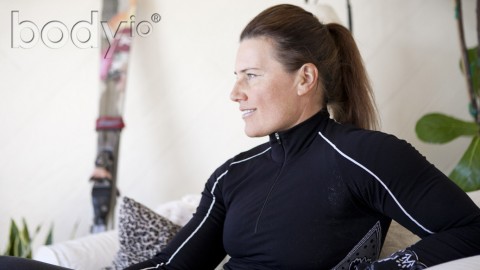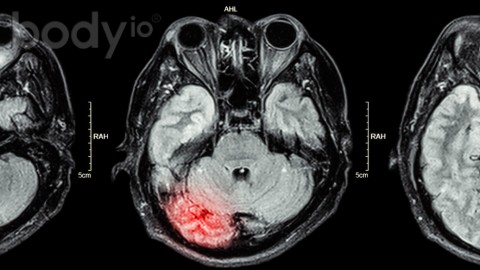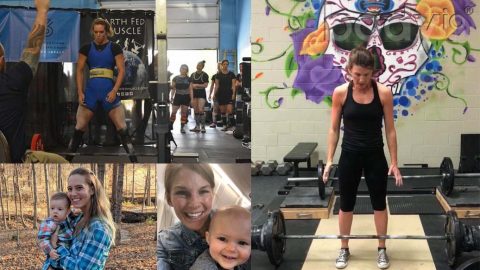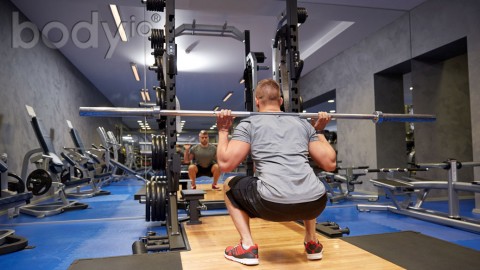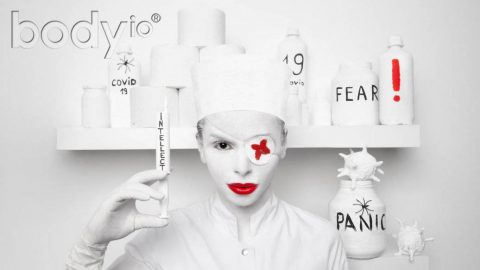t seems as though the topic of Injury within the CrossFit community is something that continues to stir up conversation and debate. Recently, Dr. Frederick Navarro published an article comparing Crossfit to traditional resistance training through the use of peer-reviewed research. As a Body IO coach and CrossFit affiliate owner, I wanted to provide some additional insight on this topic through a Q&A with my husband, Nick Urankar, who is an elite level CrossFit Athlete. As in all sports, there are occasional injures that can occur, but there are also things that we can do to minimize them.
Q: Tell us a little about yourself and your sports background.
A: I am 31 years old, and I’ve been involved in sports since childhood. I’ve played every sport up until high school, where I then concentrated on track and football. In college, I played Division 1 football at Indiana State University. After graduation, I wasn’t sure what was left for me competitively, so I started running half marathons, a passion I actively pursued until a friend told me to check out CrossFit.com. After my first workout “Fran” I was hooked. It soon filled my competitive void and has done so for the last six years.
Q: As an athlete, what injuries have you experienced?
A: Being involved in highly competitive sports most of my lifetime, I’ve experienced many broken bones, including an arm, fingers, and a foot, as well as pulled hamstrings and quads. I’ve torn my ACL and meniscus, broken my femur, fractured my back twice (once in high school and once in college), and suffered a broken collarbone. Most of these injuries occurred during football, but the collarbone break happened right before the 2011 CrossFit Open, when I lost my grip on the pull-up bar.
Q: Regarding your collarbone injury, do you think that most people involved in CrossFit run this risk?
A: Not if the athlete leaves their ego at the door, listens to their body, and is in a facility that has quality coaching. Each CrossFit gym is individually owned, which means that all coaches are different and bring their own personality to their box. However, this shouldn’t mean that the amount of care or the level of coaching is different. When injuries occur, it is usually because the individual did not listen to the message their body was trying to send and their ego got in the way.
Q: As a CrossFit coach, how do you ensure the health of your athletes, both recreational and competitive?
A: At our gym, we make sure to take everyone through a one-month beginner program, known as Elements. The purpose of this program is to help us to get to know and assess each person. It also enables them to gain trust in our team as professional coaches. We teach proper movement patterns and begin addressing their mobility issues right away.
Q: Do you think that an athlete’s nutrition plays a role in their recovery and injury prevention?
A: I think nutrition plays a major role in everything we do. There are certain things that can affect one athlete and not another, but knowing how food affects you in terms of recovery is huge. For injury prevention, I think fueling ourselves as best we can allows us to perform optimally, meaning that not doing so would only place us closer to injury.
Q: What’s your personal take on the injury rate within the CrossFit community?
A: An area that get overlooked when discussing this topic is where the individuals are when they begin CrossFit. Most people who’ve come into my gym have had a previous issue or injury that we are able to help through proper strength training. The rate of injury through CrossFit is highly individualized and based on the athlete’s ability to listen to his/her body.
Q: As the head coach and programmer of your gym, what role does injury prevention play in your programming?
A: The programming is designed to get people in great shape through structured strength periodization, skill work, and conditioning. Most of our workouts are practical, everyday moves. That being said, we hold our athletes accountable for proper form to ensure their own safety. Knowing athletes individually, as well as their strengths and weaknesses, allows for proper scaling of a trainee.
Q: Why have you chosen CrossFit to be your form of fitness?
A: CrossFit is the one thing that challenges me everyday and is something that I can consistently improve upon. There’s always room to get strongerand better at gymnastics, more precise with body weight movements, longer lasting in terms of endurance, and skilled in lifting odd objects. I can continue in this arena of exercise for years to come as I regularly adjust my goals. Currently, my goal is to advance into the CrossFit games, but as I age, my motivation may change.
Q: Getting to work with your recreational athletes on a day-to-day basis, what have you found to be the most rewarding?
A: Watching someone do something they never believed possible and sharing in their successes because you know what it takes. Sometimes, the most simple task is not so simple, and seeing an individual accomplish it makes all of the hard work worth it.
Q: If you could give one piece of advice to someone just starting or contemplating getting involved with CrossFit, what would it be?
A: Find a good coach and take it slow. Do the common uncommonly well, and take enough time to work on the basic movements. Give yourself time and be patient, allow yourself to build confidence, learn to listen, and trust your coach. Remember, you can get in great shape by doing basic movements well. Always be mindful and fuel the best of you.
Thank you for your time in discussing this topic with us Nick and for giving our audience a chance to take a closer look into the importance of having patience with their goals and themselves in order to prevent injury. We wish you success in the 2015 CrossFit games season.





